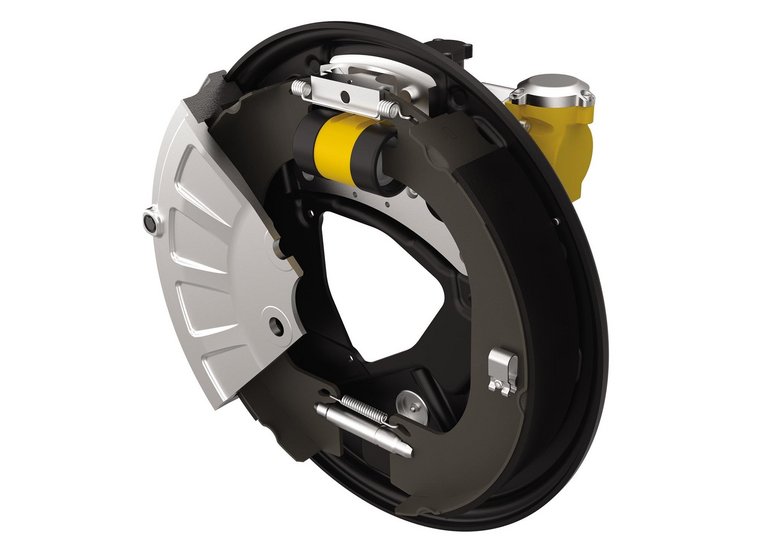Hydraulic Brake System for Future Mobility: Light. Green. Smart
- Continental presents green braking technology for the electrification of vehicles
- Innovative braking technologies reduce CO2 and particulate matter emissions
In terms of innovations for upcoming sustainability and green braking requirements, both disc and drum brakes offer specific potential for future braking systems. Depending on the vehicle class and strategy of the car manufacturer, both types of wheel brakes are required. For this reason, Continental is proactively pushing both to offer the best compromise between braking performance, costs, sustainability, efficiency and particulate emissions for each vehicle type.
The new lightweight "Green Caliper", which will be shown at the Continental TechShow, offers high braking performance with less weight and, at the same time, significantly reduced residual braking torque. As a result, CO2 emissions of up to 2g/km can be saved for combustion vehicles. For electric vehicles the range is increased. To reduce weight, not only has the housing been made significantly more filigree, but also the lining mass for use in battery-electric vehicles (BEV) has been reduced. The electrification of vehicles and the associated reduction of brake maneuvers due to recuperation offer extended possibilities for the use of drum brakes not only on the rear axle but also on the front axles of vehicles. Due to the rapid progress of the electrification of vehicles, the hydraulic brake actuation can be replaced by an electric control. Due to the simpler system implementation, the first solutions for dry brakes are installed on the rear axle.
The two new dry drum brake concepts "e-DS" and "e-Si", which will also be shown at the Continental TechShow, include the function of the service brake and the parking brake without the use of brake fluid. The e-DS is based on the duo-servo principle and delivers particularly high braking torques for rear axles of heavy vehicles or for light front axles. The e-Si is based on the simplex principle and is suitable for installation on standard rear axles due to its simple packaging. An installed brake torque sensor guarantees very precise wheel-specific control of the braking torques in both concepts.
The e-DS and the e-SI make environmentally friendly properties of drum brakes accessible to electrified vehicles. Due to the concept-related encapsulation of the brake drum, they have only very low particle emissions. Longer downtimes caused by regenerative braking in electric vehicles can be withstanded without any loss of comfort. In combination with a mass-reduced lightweight drum, they represent the ideal solution for future electric vehicles. A combination of Green Caliper technology on the front axle and dry drum brakes on the rear axle is also an interesting approach for electric vehicles.




